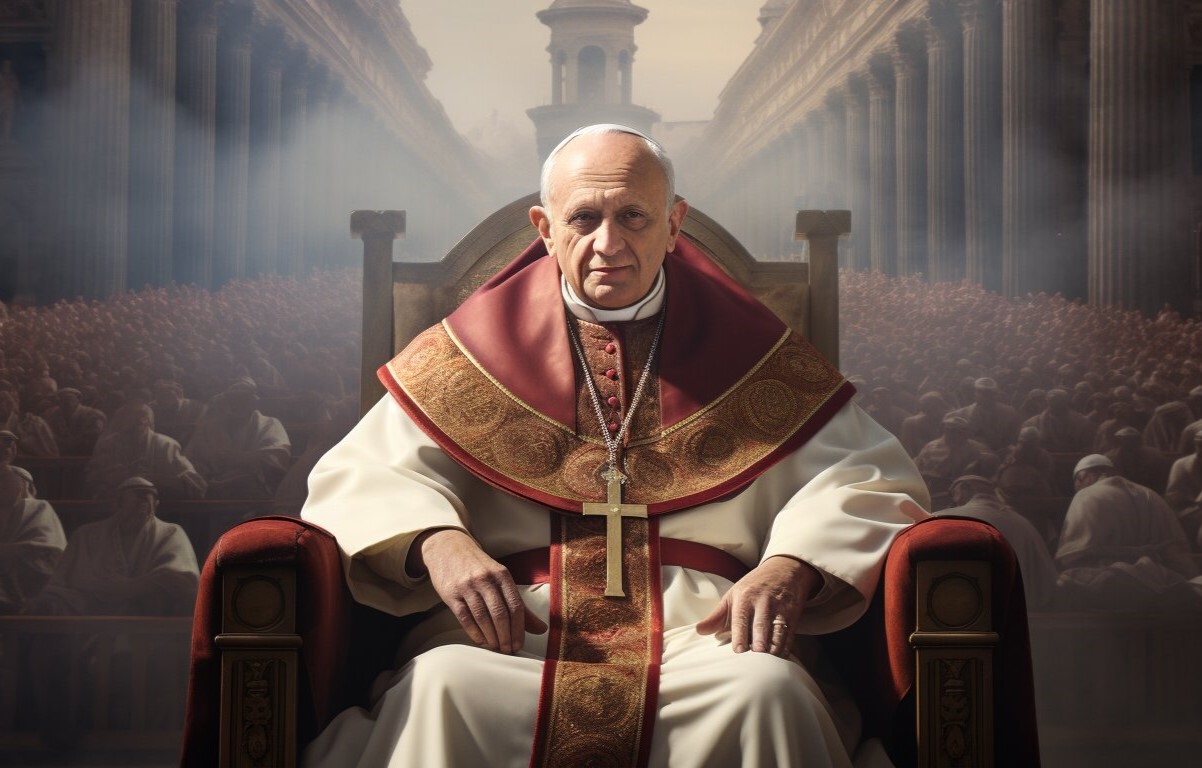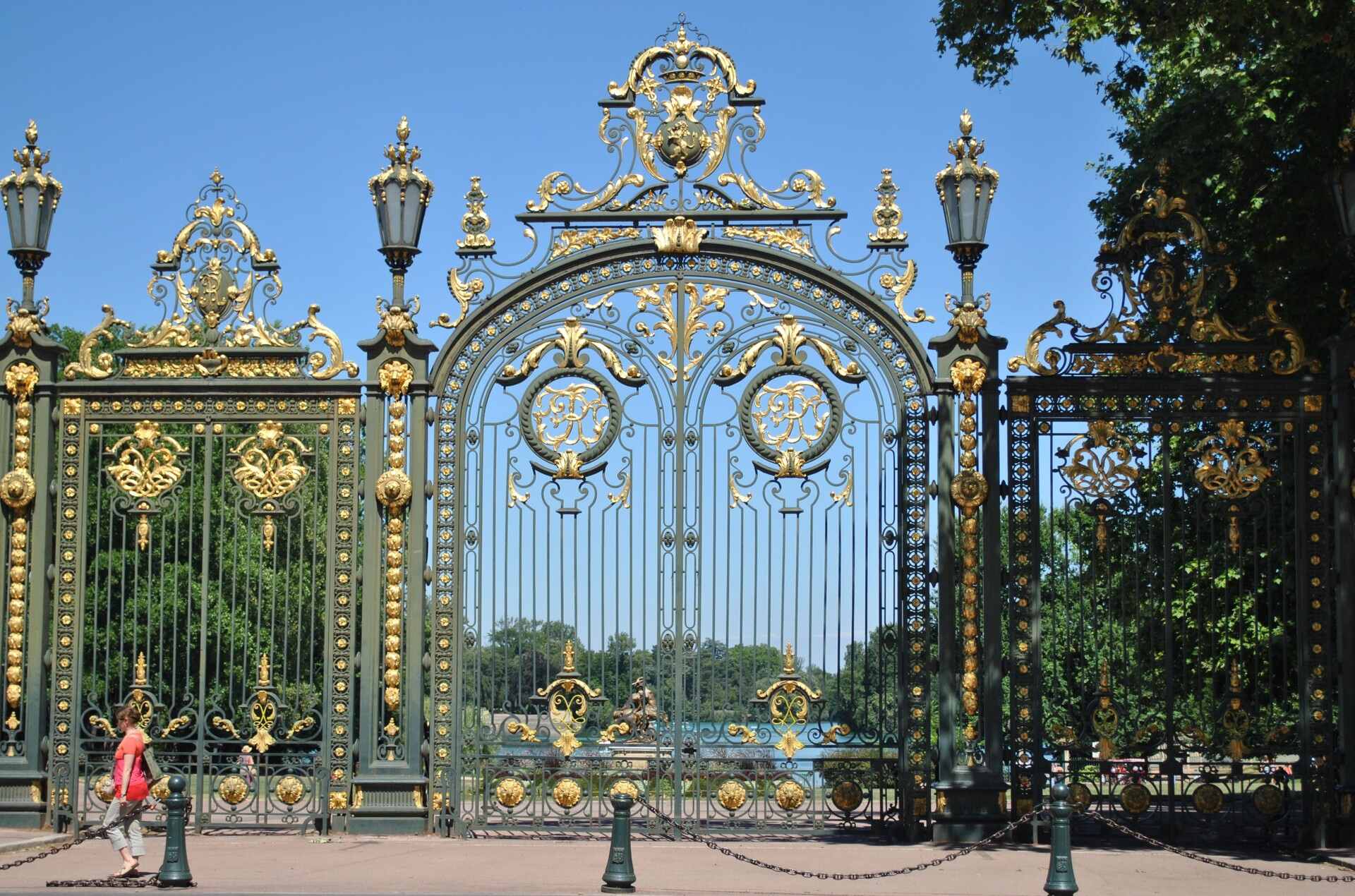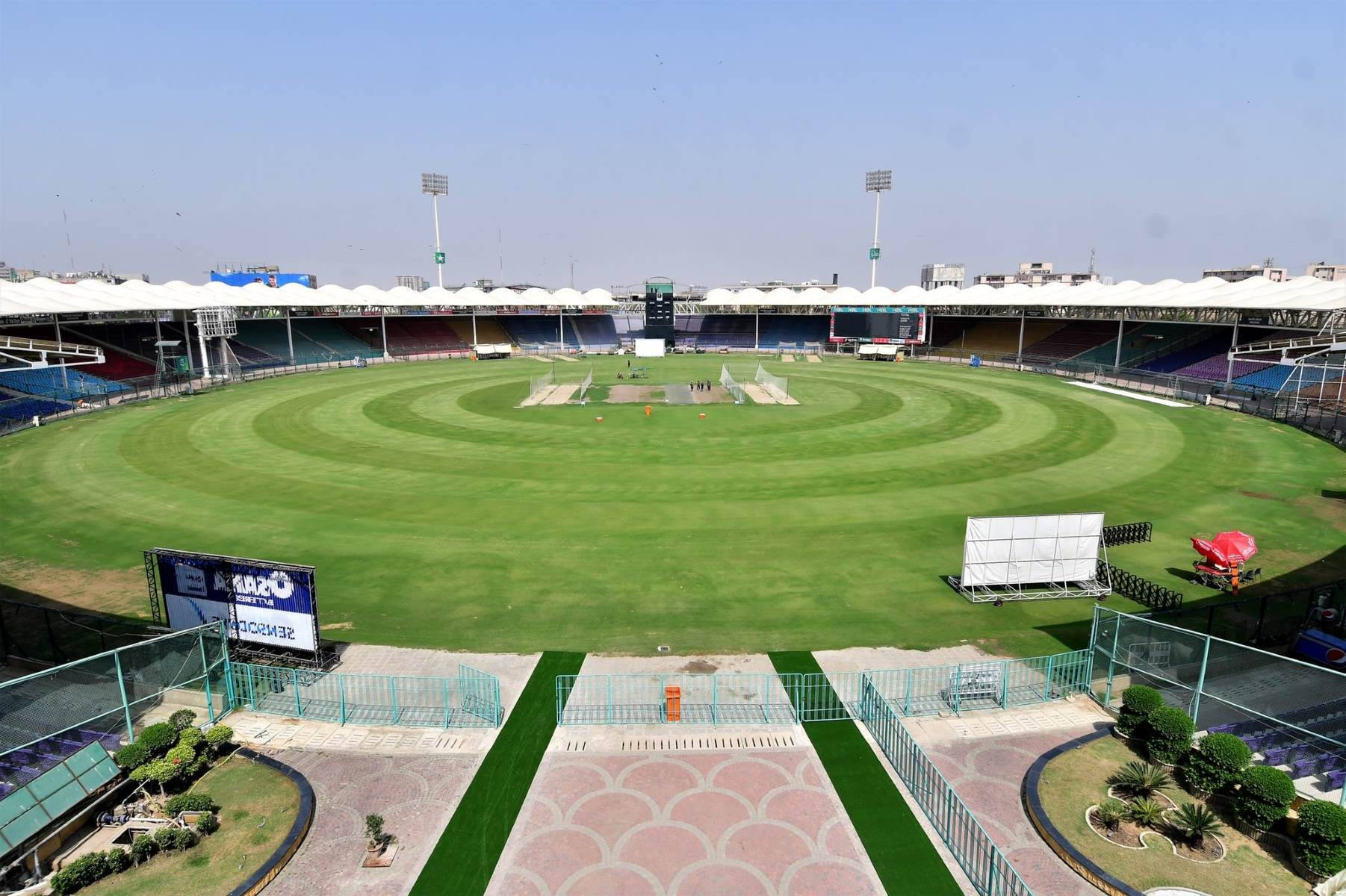
Papal supremacy is a doctrine asserting the Pope's ultimate authority over the entire Catholic Church. This belief, rooted in early Christianity, has shaped the Church's structure and its relationship with other Christian denominations. The doctrine claims the Pope, as the Vicar of Christ, holds supreme power in both spiritual and temporal matters. Historical events like the Investiture Controversy and the Crusades significantly boosted papal authority. The First Vatican Council further solidified this by defining papal infallibility. Despite controversies and criticisms, papal supremacy remains a cornerstone of Catholic doctrine, influencing church governance and ecumenical dialogues today.
What is Papal Supremacy?
Papal supremacy is a doctrine that places the Pope at the top of the Catholic Church hierarchy. This concept has evolved over centuries, shaping the Church's structure and its relationship with other Christian denominations.
-
Definition of Papal Supremacy
Papal supremacy means the Pope has full, supreme, and universal power over the entire Church. This authority spans both spiritual and temporal matters, allowing the Pope to guide faith and governance. -
Historical Roots
The roots of papal supremacy trace back to early Christianity. The bishop of Rome, later known as the Pope, gained more authority as Rome became a key center of the faith. -
Biblical Basis
The doctrine often cites Jesus' words to Peter in Matthew 16:17-19. Jesus gave Peter the keys to the kingdom of heaven, declaring that he would build his Church on Peter's confession of faith.
Early Church and Development
The early Church's interpretation and gradual development of papal authority laid the foundation for what we understand today as papal supremacy.
-
Early Church Interpretation
Initially, the role of the bishop of Rome was unclear. Scholars like Francis A. Sullivan argue that there wasn't a single "bishop" of Rome until after 150 AD, with a college of presbyters leading the Church of Rome for decades. -
Development of Papal Authority
Papal authority developed gradually. Early popes like Pope Siricius (384-399) sent letters called "decretals," which provided guidelines for the Church and laid the groundwork for canon law. -
Optatus and the Chair of Peter
Optatus, a bishop of Mileve, believed in the "Chair of Peter," calling it a gift to the Church. He argued that this chair was conferred on Peter to preserve unity among the apostles and the Church.
Papal Primacy vs. Supremacy
Understanding the difference between papal primacy and supremacy is crucial to grasp the nuances of Catholic doctrine.
- Papal Primacy vs. Supremacy
Papal primacy refers to the Pope's role as the first among equals, while papal supremacy asserts his full, supreme, and universal power over the entire Church.
Historical Events and Figures
Several historical events and figures have significantly influenced the rise and establishment of papal supremacy.
-
Investiture Controversy
The Investiture Controversy, sparked by Gregory VII in 1075, marked a significant phase in the rise of papal supremacy. This controversy led to civil and ecclesiastical strife, enhancing papal prestige and authority. -
Crusades and Papal Leadership
Urban II's launching of the Crusades in 1095 elevated papal leadership. The Crusades marshaled European nobility under papal leadership, boosting papal prestige in the 12th and 13th centuries. -
Alexander III and Innocent III
Pope Alexander III (1159-1181) and Pope Innocent III (1198-1216) wielded significant power, attempting to assert jurisdictional supremacy over emperors and kings in both temporal and spiritual affairs. -
Gregory IX and Innocent IV
Pope Gregory IX (1227-1241) and Pope Innocent IV (1243-1254) continued asserting papal supremacy through reforms and theological assertions, developing more formalized structures for papal authority. -
Anselm of Canterbury
Anselm of Canterbury, Archbishop of Canterbury from 1093 to 1109, defended papal supremacy. He insisted on receiving the pallium from Rome, symbolizing his metropolitan authority, despite opposition from King William Rufus.
Councils and Doctrines
Councils and doctrines have played a significant role in shaping and defining papal supremacy.
-
First Vatican Council
The First Vatican Council (1870) further developed the doctrine of papal primacy and supremacy. The council's document, Pastor aeternus, defined the Pope's supreme teaching authority, asserting that when the Pope speaks ex cathedra, he teaches infallibly. -
Papal Infallibility
Papal infallibility asserts that the Pope is infallible when speaking ex cathedra. This doctrine has been exercised only twice: in the declarations of the immaculate conception (1854) and Mary's assumption (1950).
Reformers and Perspectives
Different perspectives, especially from reformers and other Christian denominations, provide a broader understanding of papal supremacy.
-
Reformers' Views
Reformers like Melanchthon acknowledged some aspects of papal primacy but rejected its abuses. They hoped for a reformed papacy to preserve church unity, conceding legitimate spiritual powers to the Pope but opposing his claims to universal jurisdiction. -
Lutheran Perspective
Lutherans have historically disputed papal supremacy, viewing it as unbiblical and contrary to early Christian practices. They argue that Peter's role was minimized in the early Church and did not justify the claims of Roman bishops.
Historical Precedents and Reforms
Historical precedents and reforms have significantly influenced the doctrine of papal supremacy.
-
Historical Precedents
The decretals of early popes provided historical precedents for papal authority. These letters, though initially ineffectual, laid the groundwork for later canon law and the assertion of papal supremacy. -
Gregorian Reforms
The Gregorian Reforms of the 11th and 12th centuries were a canonical revolution that contradicted prior canons about ecclesiological structure. These reforms significantly altered the Church's governance and further solidified papal authority.
Challenges and Controversies
Papal supremacy has faced numerous challenges and controversies throughout history.
-
Anti-Popes and Heretical Popes
The existence of anti-popes and heretical popes has raised questions about the indefectibility of the papacy. These instances highlight the complexities and challenges in maintaining papal supremacy. -
Councils Without Papal Participation
There have been councils held without the participation of the Pope or his legates, yet their decrees were universally binding. This challenges the notion of papal supremacy in governance. -
Saint Pope Leo's Tome
The examination of Saint Pope Leo's tome at a council shows that even papal writings were not considered infallible or supreme without examination. This underscores the nuanced understanding of papal authority within the Church.
Theological Differences and Modern Relevance
Theological differences and the modern relevance of papal supremacy continue to shape the Catholic Church and its relationship with other Christian denominations.
-
Theological Differences
Theological differences between Catholicism and other Christian denominations often center on the role of the Pope. While Catholics see the Pope as the Vicar of Christ, others view this as an abuse of power or unbiblical. -
Cultural and Temporal Significance
Papal supremacy has significant implications for both ecclesiastical and temporal matters. It influences ecclesiastical privileges, monarchs' actions, and even successions within the Church. -
Controversies and Criticisms
Papal supremacy has been a source of controversy throughout history. Critics argue that it leads to pride and an abuse of power, as exemplified by St. Gregory the Great's statement about those who claim the title of Universal Bishop. -
Modern Relevance
Despite historical controversies, papal supremacy remains a central doctrine in Catholicism. Its modern relevance is seen in ongoing debates about church governance, ecumenism, and the role of the Pope in contemporary Christianity.
The Lasting Impact of Papal Supremacy
Papal supremacy has shaped the Catholic Church's history and its relationship with other Christian denominations. From its biblical roots in Matthew 16:17-19 to the First Vatican Council's declaration of papal infallibility, this doctrine has evolved over centuries. The Investiture Controversy, Crusades, and Gregorian Reforms all played roles in solidifying the Pope's authority. While early Church interpretations and reformers' views varied, the concept of the Pope as the Vicar of Christ remains central to Catholicism. Despite controversies, such as the existence of anti-popes and councils held without papal participation, the doctrine endures. Today, papal supremacy continues to influence church governance, ecumenism, and the broader Christian community. Understanding these 25 facts offers a comprehensive view of this pivotal aspect of Catholic doctrine, highlighting its historical significance and modern relevance.
Was this page helpful?
Our commitment to delivering trustworthy and engaging content is at the heart of what we do. Each fact on our site is contributed by real users like you, bringing a wealth of diverse insights and information. To ensure the highest standards of accuracy and reliability, our dedicated editors meticulously review each submission. This process guarantees that the facts we share are not only fascinating but also credible. Trust in our commitment to quality and authenticity as you explore and learn with us.


